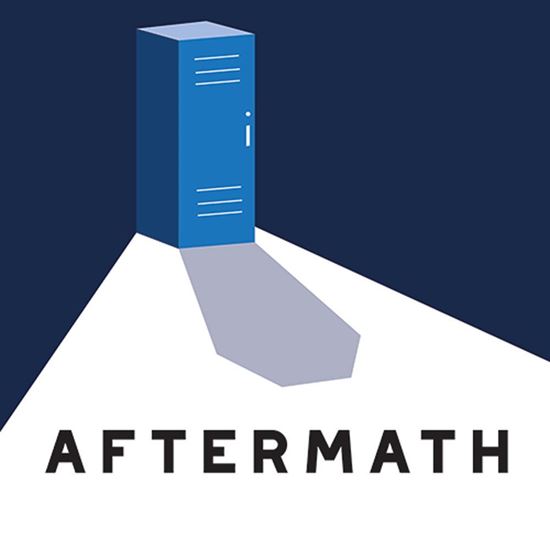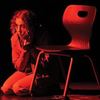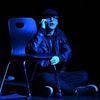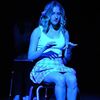









Aftermath
Time and time again, we hear about ordinary people who become extraordinary human beings in the face of traumatic experiences, placing others before themselves in selfless and fearless acts of courage. During two simultaneous therapy sessions, one for students and one for staff, and guided by two grief counselors, we experience the events of a school shooting through those who experienced it firsthand. Blue stage lights mark flashbacks, and ensemble casting allows each character to tell their story. This one-act play allows directors to address the importance of inclusion and recognizing the signs of abuse and mental illness through rap and dialogue that is taken directly from actual transcripts and 911 calls. It is not a political play, but rather celebrates the humanity and heroism that people often demonstrate in times of unbelievable trauma. Ultimately, we see how a community overcomes the loss of classmates and friends and how they can begin to move on and cope in the aftermath of such a tragedy.
Productions
Behind The Scenes
With playwright Jonathan Turner Smith
WHAT INSPIRED YOU SO WRITE THE PLAY?
As a teacher in the Los Angeles Unified School District, I took part in one or two “Active Shooter” drills, and although they were poorly planned and executed, it made me realize the possibility of experiencing an active shooter on campus was very real. It made think how I would react – how would I meet the incredible challenge of keeping students safe and out of harm’s way. Then I started thinking about how anyone involved in such a tragedy copes in the aftermath. How does a student or faculty member overcome the loss of classmates and friends in such an inexplicable occurrence and move on? “Aftermath” is my very humble attempt at answering, or perhaps more accurately, creating some answers.
WHAT IS YOUR FAVORITE PART OR LINE IN THE PLAY? WHY?
I don’t believe I have a favorite line in the play, but I am so glad the characters of “Mr. Stedler” and “Lance” allowed us to see beyond their facade of machismo and callousness and show us their humanity.
WHERE DID THE CHARACTERS COME FROM?
The characters are an amalgamation of students and teachers I have known through the years.
WHAT DID YOU TRY TO ACHIEVE WITH THIS PLAY?
Whether as a participant in the production of the play or as an audience member, it is my hope that people will start thinking about and understanding the importance of inclusion and recognizing the signs of abuse and mental illness. We need more plays targeted at the junior high/high school level addressing these serious kinds of topics. And what better way to address them than through the guise of entertainment.
